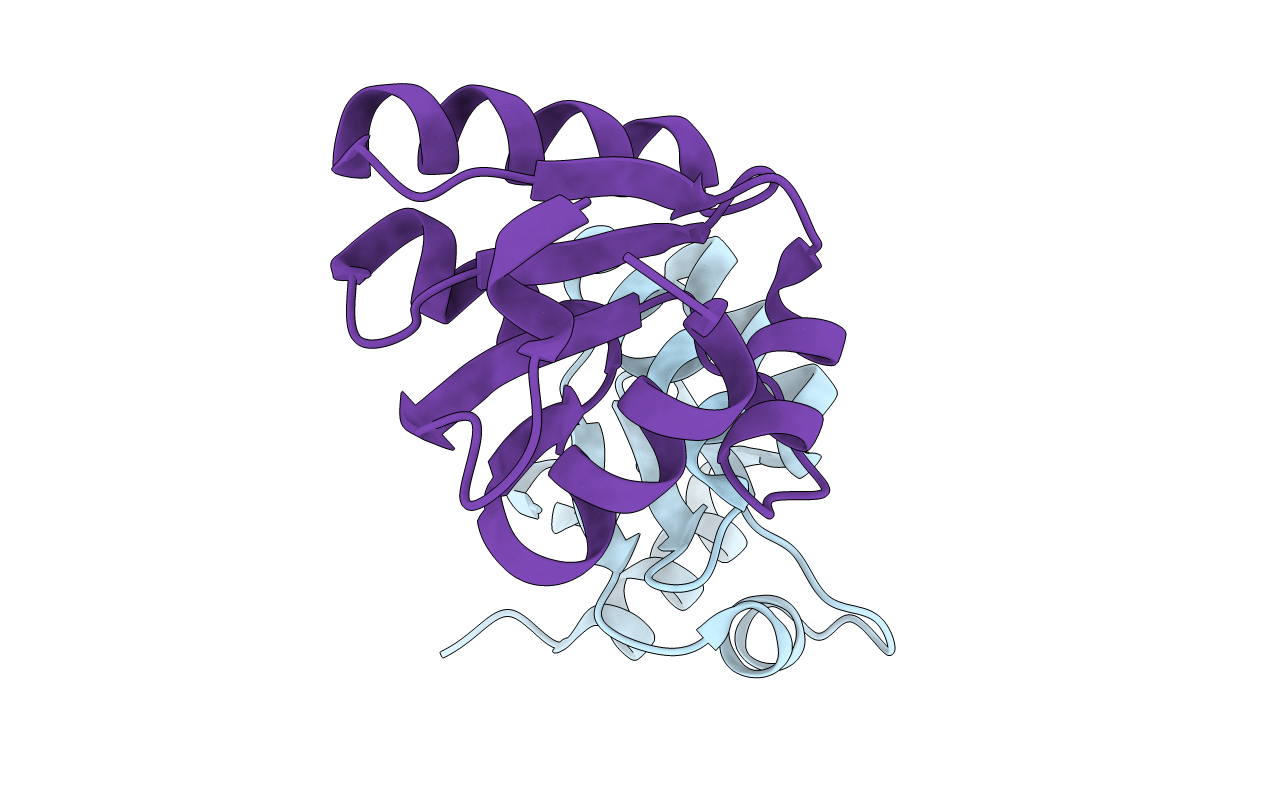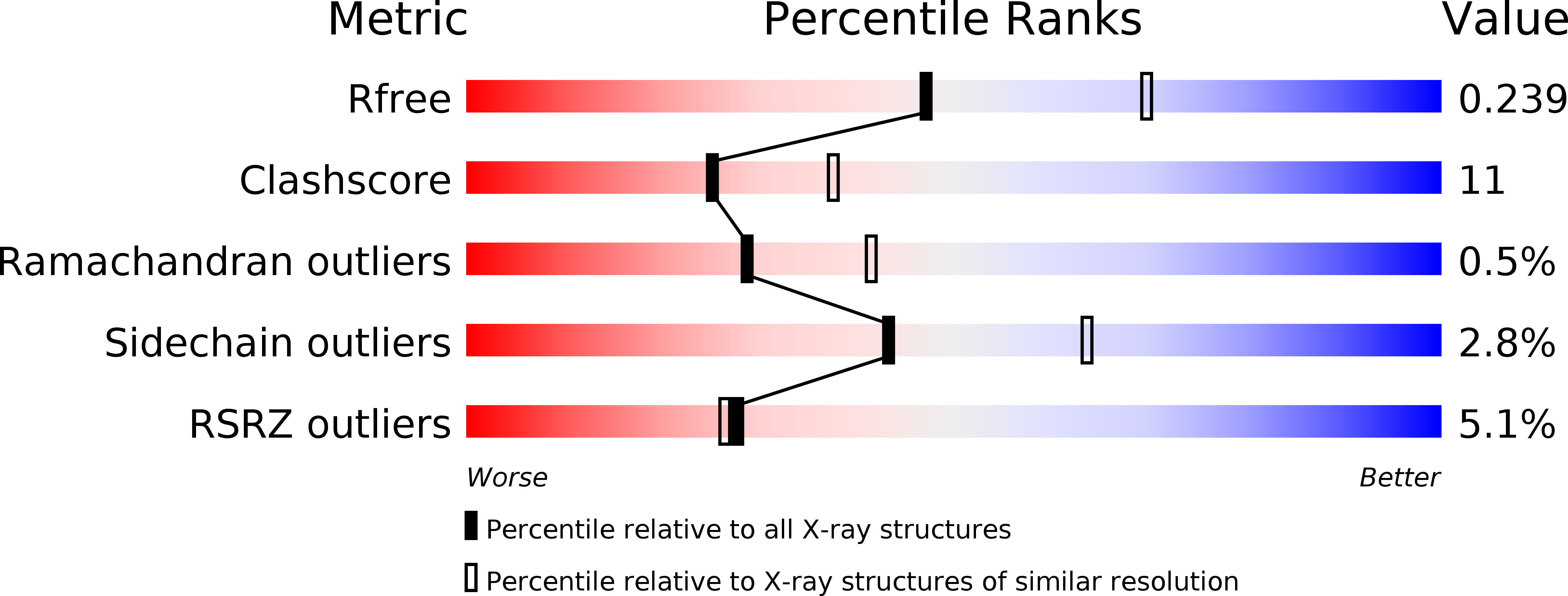
Deposition Date
2010-05-24
Release Date
2010-06-09
Last Version Date
2023-11-01
Entry Detail
PDB ID:
3N4Z
Keywords:
Title:
Crystal structure of quintuple Arg-to-Lys variant of T. celer L30e
Biological Source:
Source Organism:
Thermococcus celer (Taxon ID: 2264)
Host Organism:
Method Details:
Experimental Method:
Resolution:
2.40 Å
R-Value Free:
0.24
R-Value Work:
0.18
R-Value Observed:
0.18
Space Group:
P 2 21 21


